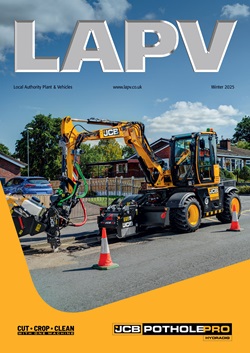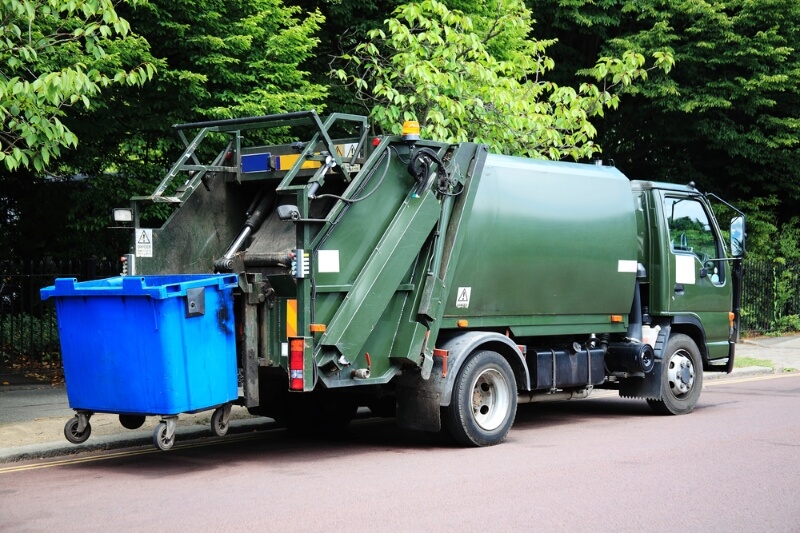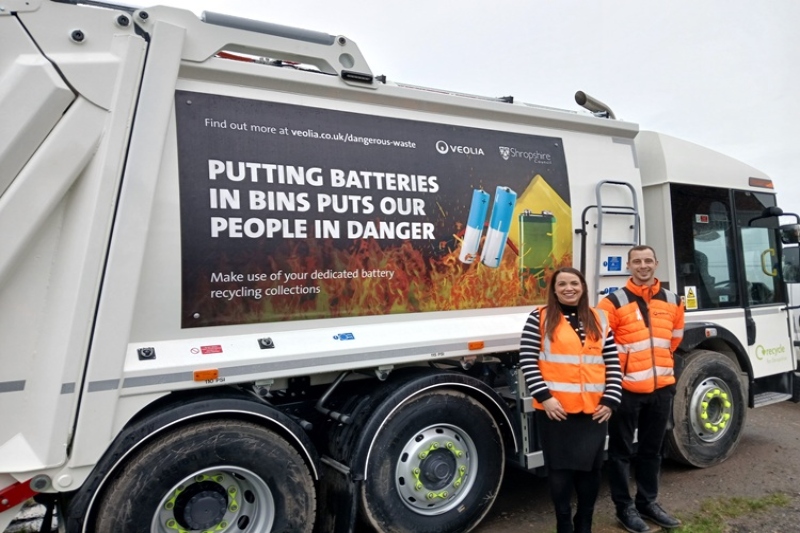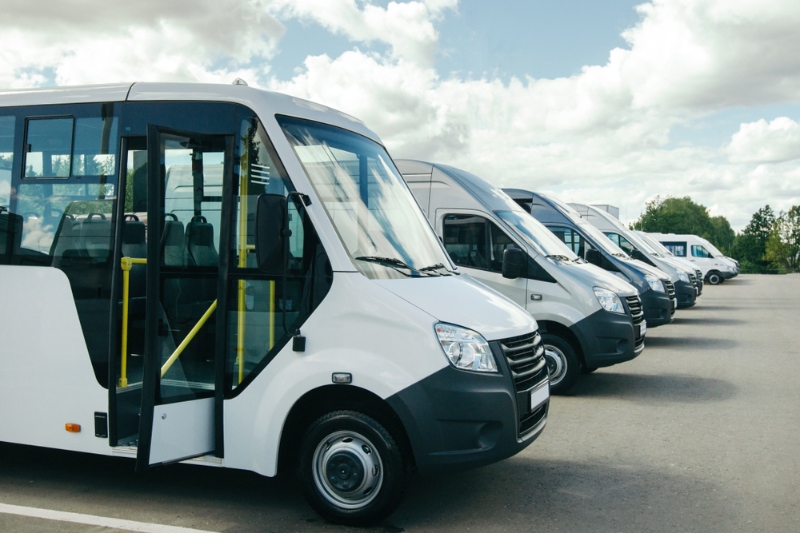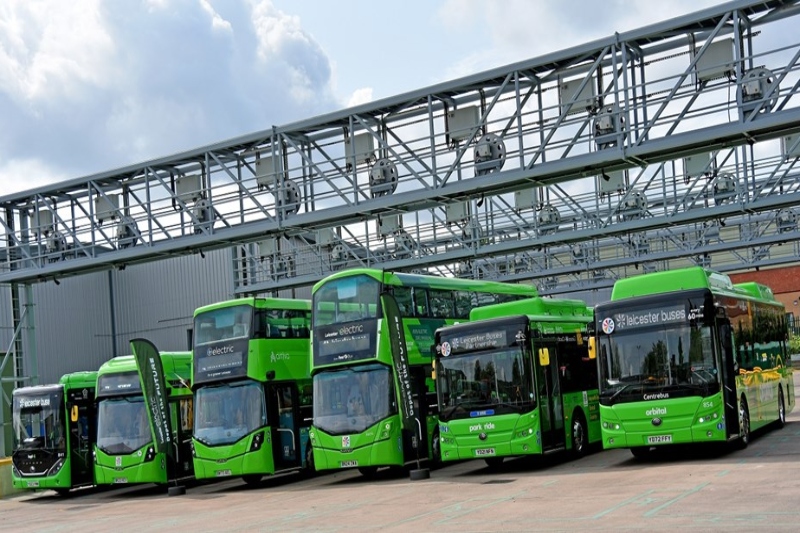Bobcats are adaptable creatures at home in widely diverse and challenging habitats. So if you're going to name your company after them, and you're in the business of producing compact mobile equipment for construction, landscaping, agriculture, grounds maintenance, utility, industrial and mining applications, your kit has got plenty to live up to, writes Mike Gerber.
One tough animal, is how Bobcat ' a company with its roots in North Dakota, now aligned to the global Doosan Infracore group ' markets its brand. Recent events show this is no bluster, as Bobcat machines have been proving their capabilities in the most demanding circumstances imaginable ' pressed into service in the aftermath of the Japan tsunami.
The walls of water up to 133ft high that engulfed Japan's north east coast on March 11 this year, on the heels of the country's worst ever earthquake, took thousands of lives, swept up cars, ships and buildings, destroyed entire cities and triggered meltdowns at the Fukushima nuclear power plant. Remote controlled Bobcat T300 compact tracked loaders are proving their mettle in the ongoing disaster relief work.
The loaders, equipped with 2m-wide industrial grapple attachments, and with Robotic Appliqué kits from technological solutions company QinetiQ North America, access unstable environments without an operator in the cab.
Fitted with seven cameras, night vision, thermal imagers, microphones, two-way radio systems and radiation sensors, the unmanned loaders can operate from more than a mile away to safely remove rubble and debris, dig up buried objects and carry around smaller equipment.
The QinetiQ kits permit remote operation of all 70 Bobcat loader attachments including buckets, tree cutters, and hydraulic hammers. Robotics apart, these T300s are no different to those local authorities regularly deploy in their municipalities.
“What that does demonstrate is the tremendous versatility that a track loader has in particular ,” says Bobcat spokesman Mike Isherwood. “The T300 is an older model which has just been replaced with the new style T770 and T870 compact tracked loaders.”
The new 700 series comprises three models: a skid-steer loader, the S770; a compact tracked loader, the T770; and an all-wheel-steer loader, the A770. They respectively replace the S300/S330, T300/T320 and A300, offering higher rated operating capacities and increased engine and hydraulic power enabling users to take on more demanding applications.
Traction has been increased by 15% on all models to provide greater pushing and digging power, while a larger double fuel tank allows for longer work intervals between refuelling. Enhanced hydraulic performance results in an 18% faster dump/rollback cycle.
As for the T870, it is Bobcat's largest ever compact track loader, with increased pushing power and horsepower, a rated operating capacity of 3,525 pounds, and, the company boasts, the 12-foot lift height surpasses anything else on the market.
The company has also launched other new models, including what Bobcat spokesman Mike Isherwood describes as a key product ' the E26 Zero Tail Swing (ZTS) 2.6 tonne mini-excavator “It replaces four entirely individual products in that range. It carries all the attributes together. It's designed so you don't have to have a big counterweight.
You can just stick a long arm onto the machine without having to worry about putting a long counterweight on the back. A zero tail swing design is a key thing in the marketplace now, so it doesn't swing outside the tracks. These are all key elements in that one machine.” Also claimed for the E26 is the highest digging forces and lifting capacities in its class, accomplished by means of the hydraulic system with new main control valve and pump that optimises the use of engine power.
By adding weighting at the back of the E26, its designers have shifted the centre of gravity to the rear. That increases stability and so ensures that the E26 does not require an additional counterweight when configured with the optional long dipperstick. That increases the working range while still limiting the weight of the cabbed long arm version to 2700 kg which enables transportation by trailer.
Matthijs Vermeulen, Doosan Infracore mini excavator product manager, explains: “Within Europe the Government has set clear rules in terms of maximum allowable towing weights depending on the type of vehicle and driving license. As a manufacturer you need to respect these regulations and offer the customer the best performing compact excavator with competitive pricing.
This will have a direct impact on the operating weight of the compact excavator taking into account the kinematics of the workgroup (and) creates a certain stability for lifting capabilities and operator comfort. The challenge is to find the balance between the larger working range or more stability and lifting capabilities; the new Bobcat E26 is the perfect example of the right balance.”
Improved safety is another major plus of the E26 zero tail swing design, adds Vermeulen. “Historically most common accidents happened when the back-tail of the compact excavator swung into an object and/or hit a bystander. In order to prevent this from happening nowadays compact excavators are designed with a zero tail swing, meaning that the back-tail of the excavator turns within the width of the tracks, prevent to hit any surrounding objects or bystanders. The challenge is to achieve ZTS while offering the best stability and lifting performance in combination with an acceptable service accessibility.” Again, he says, the E26 achieves the right balance.
In fact, Bobcat has dedicated much attention to enhancing cab design, safety and comfort in all its latest models. The new cab in the aforementioned 700 series, for instance, gives 30% improved visibility on the models it replaces, vibrations have been reduced through a 3-point engine mount design and noise levels have been greatly reduced ' 2 dBA less at the operator's ear and 1 dBA lower for bystanders.
Similarly, the E26 cab offers a 360° view around the machine with full sight of the right track and the rear of the cab, and the Kubota diesel engine with new air intake, cooling and exhaust system helps reduce noise levels experienced by the operator to 77 dBA and by bystanders to 91 dBA. Sealed floor plates and isolation on the inside of the engine panel behind the operator's seat reduce undesired heat in the cab. The directional lug rubber tracks result in a ride with less vibration.
Vermeulen explains that as the engines of compact excavators do not need to attain EU Stage 3B emission standards until after 2015, the environmental challenge for Bobcat with the current models was to address the vibrations and noise levels. “When working for eight hours on an excavator, the operator should be protected against any fatigue therefore the vibrations in the joysticks are limited to the minimum.
Considering the fact that operators do not work alone and need to communicate the noise level inside the cab and the bystanders noise level should be minimised to the minimum; the new Bobcat E26 is the perfect example.”
Bobcat has also launched the 3400D multi-purpose dieselpowered utility vehicle. The increased power, traction and versatility offered by the 3400D allows the user to take on a wider variety of applications and to negotiate terrain as diverse as farms, country estates, and construction, landscaping and grounds maintenance worksites.
When Doosan Infracore acquired Bobcat in 2007, that rocketed Doosan to seventh place in the world construction heavy equipment field. Bobcat forms part of the Doosan Infracore Construction Equipment, or DICE, segment of Doosan which encompasses various brands, the others being Doosan, Montabert, Geith, Doosan Moxy and Doosan Portable Power. Although the Doosan brand includes a range of mini-excavators, it is more associated with heavier plant, whereas Bobcat specialises at the compact end of the spectrum.
Since 2007, DICE has vaulted to fifth place among its global construction equipment peers and, Mike Isherwood affirms, it is aiming higher still. “When I say construction equipment this includes equipment used not only in civil engineering, infrastucture, utilities and building, but also recycling, waste handling, grounds maintenance and amenity management more commonly associated with the local authority sector. The company is performing very strongly in the UK, which forms one of the biggest markets for Doosan in Europe. Both Bobcat and Doosan equipment is sold by parallel networks of dealers in the UK.”
Few UK authorities however actually buy Bobcat machines; one exception Isherwood mentions is Hull City Council which has bought a new Bobcat S650 skid-steer loader for parks and maintenance work. Most authorities hire the equipment they need, and the biggest supplier is the MTS Group.
Wakefield-based MTS runs the largest fleet of Bobcat hire equipment in the UK, including skid-steer and compact tracked loaders, mini-excavators, telehandlers and utility vehicles. It also offers the largest complement of Bobcat attachments from standard and 4- in-1 buckets, hydraulic breakers and road planers to stump grinders, to the latest tree transplanters and snow-clearing accessories. Each day, MTS hires out more than170 machines day to all types of industry.
On the needs of the local government sector, MTS managing director Peter Watson observes: “The major issue facing local authorities in the north of England and throughout the UK and Europe is a reduction in budgets across the board. Councils are looking for ways to reduce their costs while meeting the high standards required to meet demanding targets for repairs, renewals and maintenance of council amenities and property.”
An additional service MTS can provide is training for operating Bobcat machines and attachments. “From potholes and footpaths to landscaping and ground clearance, having a well trained workforce allows local authorities to be more flexible and less reliant on outside agencies,” says Watson.
“With snow in the winter or floods, which can occur at any time, having a well trained safety aware workforce will allow local authorities to be more cost effective than before and meet a tightening of their budgets, whilst providing a better response and higher quality work.”


